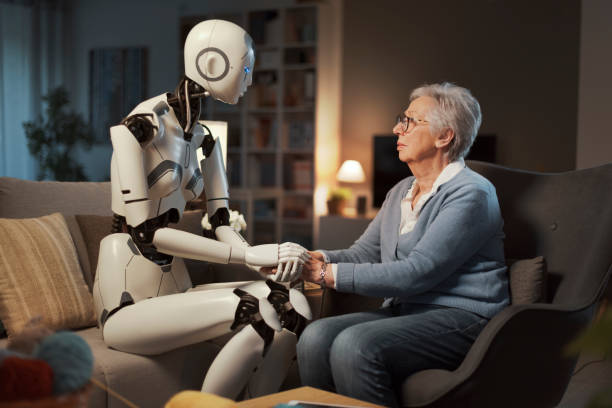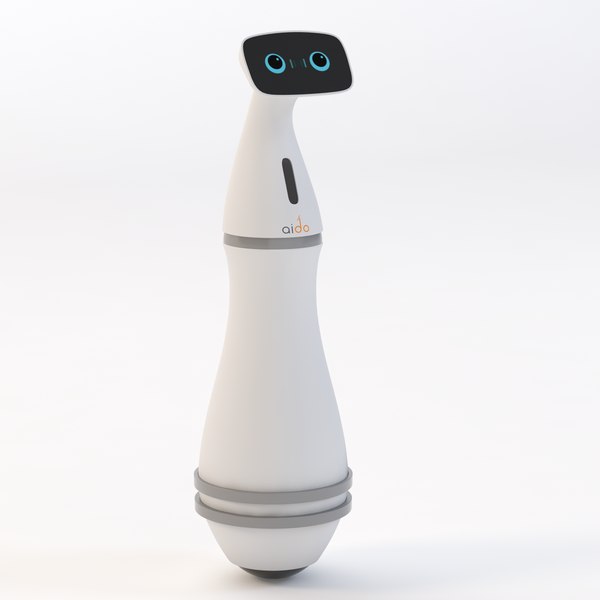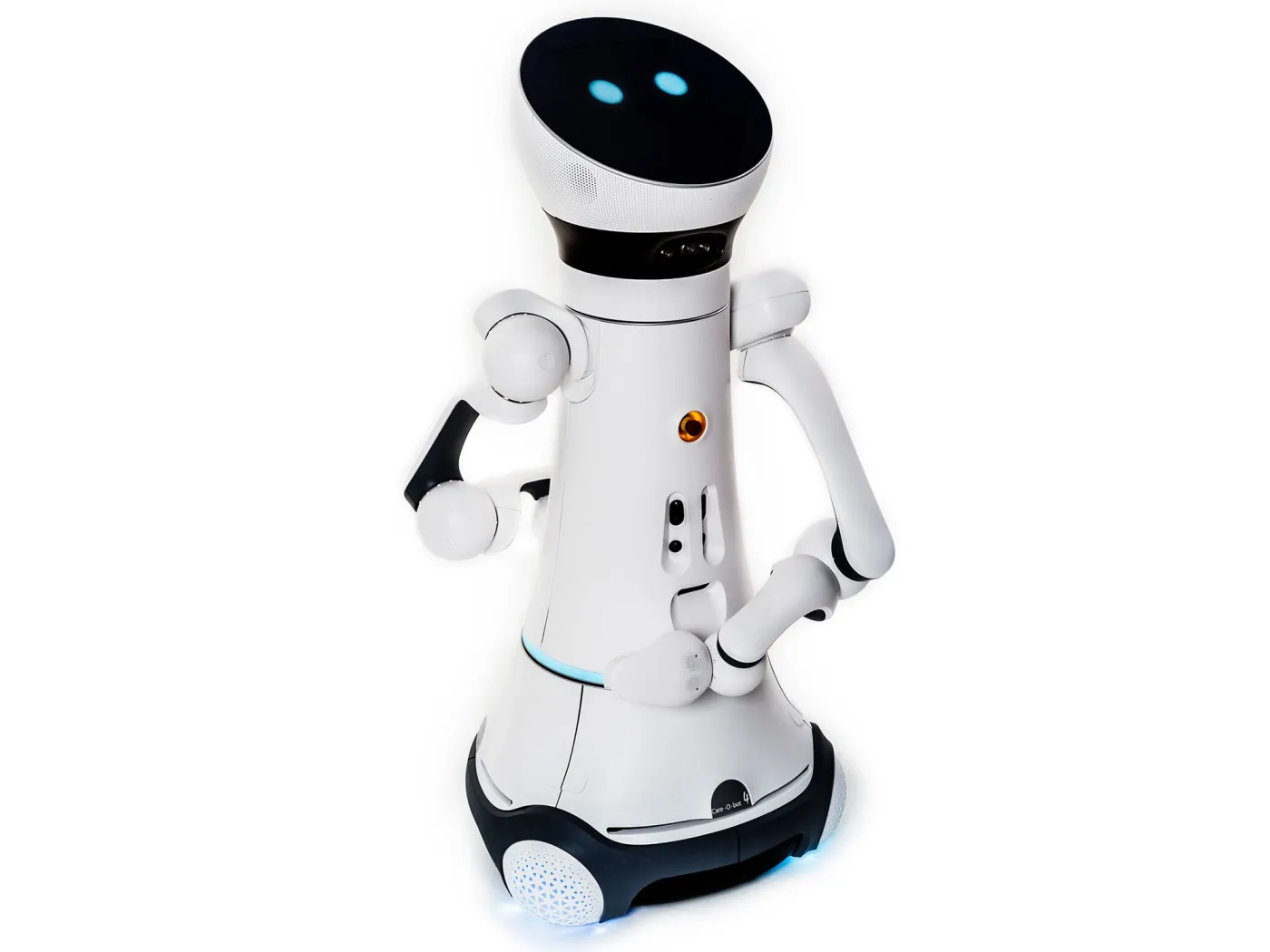The ageing of the world's populations presents an unprecedented challenge for societies grappling with how to provide dignified, meaningful care for their elders. As families become increasingly dispersed and caregivers prove insatiably in demand, potential solutions continue to develop from the realm of robotics. From companion droids designed to stimulate social connections and stave off loneliness, to assistive automata that can aid with daily tasks and health monitoring, the field of care robotics is rapidly progressing. However, as this technological frontier advances, crucial ethical, cultural and behavioural factors must be examined. How can these innovative care bots and social robots be seamlessly integrated into the delicate social fabric of ageing communities in a manner that respects independence while elevating quality of life? TLOA discusses these complex dynamics with
Dr.Astrid Weiss, and her research on human-robot interactions now and into the future.



